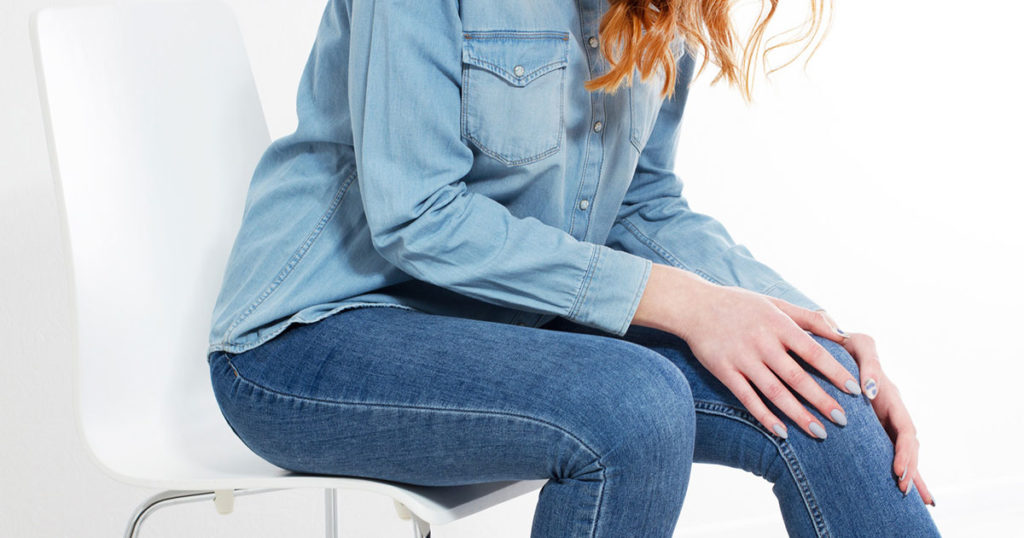You do not have to be a runner to develop runners knee. Runners knee is just the common umbrella term used to describe pain around the patella, more commonly known as the kneecap.
The conditions that come under this umbrella, include any of the following:
- Patellofemoral malalignment (patella tracking issues)
- Anterior knee pain syndrome
- Chondromalacia patella
- Iliotibial band (ITB) syndrome
Your practitioner will be able to help diagnose which one of these conditions your knee is experiencing and treat the affected tissues involved.
As suggested in the name, running can be a common aggravating factor of this condition. However any repetitive activity can make this condition worse. This includes walking, jumping, squatting, climbing up and down stairs, kneeling, cycling and any sports such as netball, hockey and football.
Other symptoms apart from aching or sharp pain in and around the kneecap include swelling, popping and/or grinding in the knees.
However the activity isn’t actually the main cause of the injury, although it is aggravating the pain and increasing inflammation. It is the dysfunction in the knee that cannot cope with the activity that is the real key issue. This dysfunction is what your osteopath will focus on when diagnosing and treating the knee. They will try to adjust the biomechanics of the knee and surrounding joints (feet and pelvis) to take the pressure off this joint and get it back to its usual self.
The joints surrounding the knee are often largely affecting its mechanics; therefore it is always important to treat these areas with any presenting knee pain.
Those of you who have had osteopathic treatment would know that our philosophy is to look at the entire body, not just in the areas having pain and discomfort.
Some issues that lead to runners knee include:
- Trauma to the kneecap
- Weak or tight thigh muscles
- Arthritis
- Knee capsule or ligament strain/dysfunction
- Dislocation or misalignment of kneecap
- Fractured kneecap
- Issues with the feet including flat feet
- Issues with the pelvis and hips and lower back
Hands on treatment and at home self exercises/stretches are all part of a plan to get you back on track to getting out of pain and completing your goals, whether it’s a walk around the block or a marathon, we all want to be on our feet doing the things we love.

